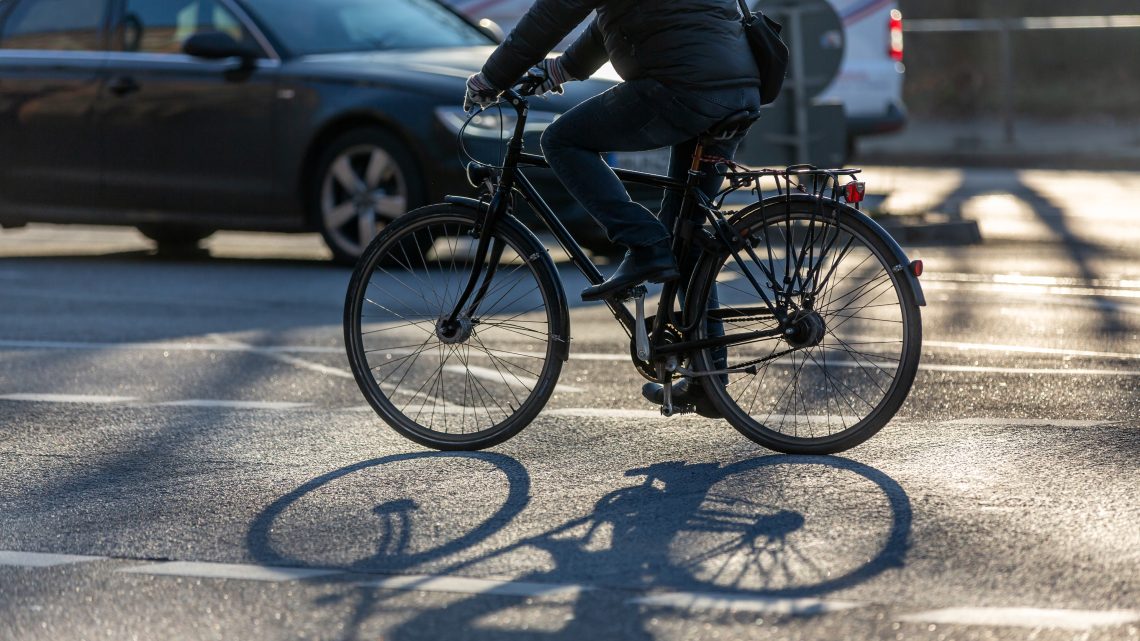Bicycling is a popular mode of transportation and recreation in Indiana, but it comes with risks—especially when sharing the road with motor vehicles. Bicycle accidents can result in severe injuries, and determining liability is crucial for injured cyclists seeking compensation for medical expenses, lost wages, and other damages. Understanding Indiana’s specific statutes governing bicycle operation is essential in these situations.
Indiana Bicycle Laws and Cyclist Rights
Indiana law treats bicyclists as vehicles, granting them the same rights and responsibilities as motorists on the road. Key statutes include:
- Right to the Road: Cyclists are entitled to use most roadways and must adhere to traffic signals and signs. According to Indiana Code § 9-21-11-2, cyclists have the same rights and duties as drivers of vehicles.
- Lane Use and Riding Abreast: Per Indiana Code § 9-21-11-6, cyclists may not ride more than two abreast except on paths or parts of roadways set aside exclusively for bicycles.
- Passing Rules: Motorists overtaking a bicycle must allow at least three feet of clearance and may not return to the original lane until safely clear of the bicycle, as specified in Indiana Code § 9-21-8-5.
- Carrying Passengers: Indiana Code § 9-21-11-3 prohibits carrying more persons on a bicycle than it is designed for, except that an adult rider may carry a child securely attached in an approved child seat.
Despite these laws, bicycle accidents still occur, often due to driver negligence. When a crash happens, liability must be determined based on the circumstances.
Determining Liability in a Bicycle Accident
An Indianapolis bicycle accident lawyer explained that liability in a bicycle accident depends on the actions of all involved parties. While motorists are frequently at fault, there are cases where cyclists, third parties, or external factors contribute to a crash.
Driver Negligence
Motorists have a duty to drive safely and avoid endangering others on the road, including cyclists. Common examples of driver negligence in bicycle accidents include:
- Failure to Yield: Drivers must yield to cyclists when required, such as at intersections or when making turns.
- Distracted Driving: Engaging in activities like texting or using in-car technology can cause drivers to overlook cyclists.
- Speeding: Excessive speed reduces reaction time and increases the severity of a crash.
- Opening Car Doors Without Looking: “Dooring” accidents occur when a parked driver opens their door into the path of an oncoming cyclist.
- Driving Under the Influence: Impaired drivers have reduced awareness and reaction times, making collisions with cyclists more likely.
If a motorist’s negligence caused the accident, they could be held liable for the cyclist’s injuries and damages.
Cyclist Negligence
While drivers are often at fault, there are situations where a cyclist may share some responsibility for a crash. Examples of cyclist negligence include:
- Running Red Lights or Stop Signs: Cyclists must obey all traffic signals and signs.
- Riding Against Traffic: Cyclists should ride in the same direction as traffic flow.
- Failing to Use Proper Lights or Reflectors at Night: Ensuring visibility is crucial for safety.
- Making Sudden Lane Changes Without Signaling: Predictable movements help prevent accidents.
In cases where both the cyclist and the driver share fault, Indiana’s comparative fault law determines how compensation is awarded.
Third-Party Liability
In some cases, neither the cyclist nor the motorist is entirely responsible for an accident. Other parties or external factors may contribute to a crash, such as:
- Poor Road Conditions: Potholes, debris, or defective traffic signals can make roads unsafe for cyclists.
- Defective Bicycle Parts: If a bike’s brakes, tires, or other components fail due to manufacturing defects, the bicycle manufacturer could be responsible for an accident.
- Other Negligent Parties: Pedestrians, other cyclists, or even commercial truck drivers could play a role in causing a bicycle accident.
Determining liability often requires a thorough investigation, including police reports, witness statements, and video footage if available.
Indiana’s Comparative Fault Rule
Indiana follows a modified comparative fault system when determining liability in personal injury claims. Under this rule, an injured cyclist can recover damages as long as they are less than 51% at fault for the accident. However, their compensation is reduced by their percentage of fault.
For example, if a cyclist is awarded $100,000 in damages but is found to be 20% at fault for the accident, their compensation would be reduced by 20%, leaving them with $80,000. If the cyclist is found to be 51% or more at fault, they are barred from recovering any damages.
This rule makes it essential to build a strong case to minimize any assigned fault that could reduce or eliminate compensation.
Legal Options for Injured Cyclists
After a bicycle accident, injured cyclists have several options for pursuing compensation. The best course of action depends on the circumstances of the crash and the available insurance coverage.
Filing an Insurance Claim
Many bicycle accident claims begin with insurance. Depending on the situation, multiple policies may be involved:
- Driver’s Auto Insurance: If the motorist was at fault, their liability coverage should pay for the cyclist’s injuries and damages.
- Cyclist’s Insurance: If the cyclist has uninsured/underinsured motorist coverage (UM/UIM) through their own auto policy, it may provide compensation if the at-fault driver is uninsured or lacks sufficient coverage.
- Homeowner’s or Renter’s Insurance: If a third party, such as a pedestrian or another cyclist, contributed to the accident, their homeowner’s or renter’s insurance might provide coverage.
Filing a claim involves gathering evidence, submitting medical records, and negotiating with insurance adjusters. Insurers may attempt to minimize payouts, so it’s advisable to have legal representation to ensure fair compensation.
If an insurance settlement is insufficient or denied, the injured cyclist may need to file a personal injury lawsuit against the at-fault party. This legal action seeks compensation for medical expenses, lost wages, pain and suffering, and property damage.



No Comment